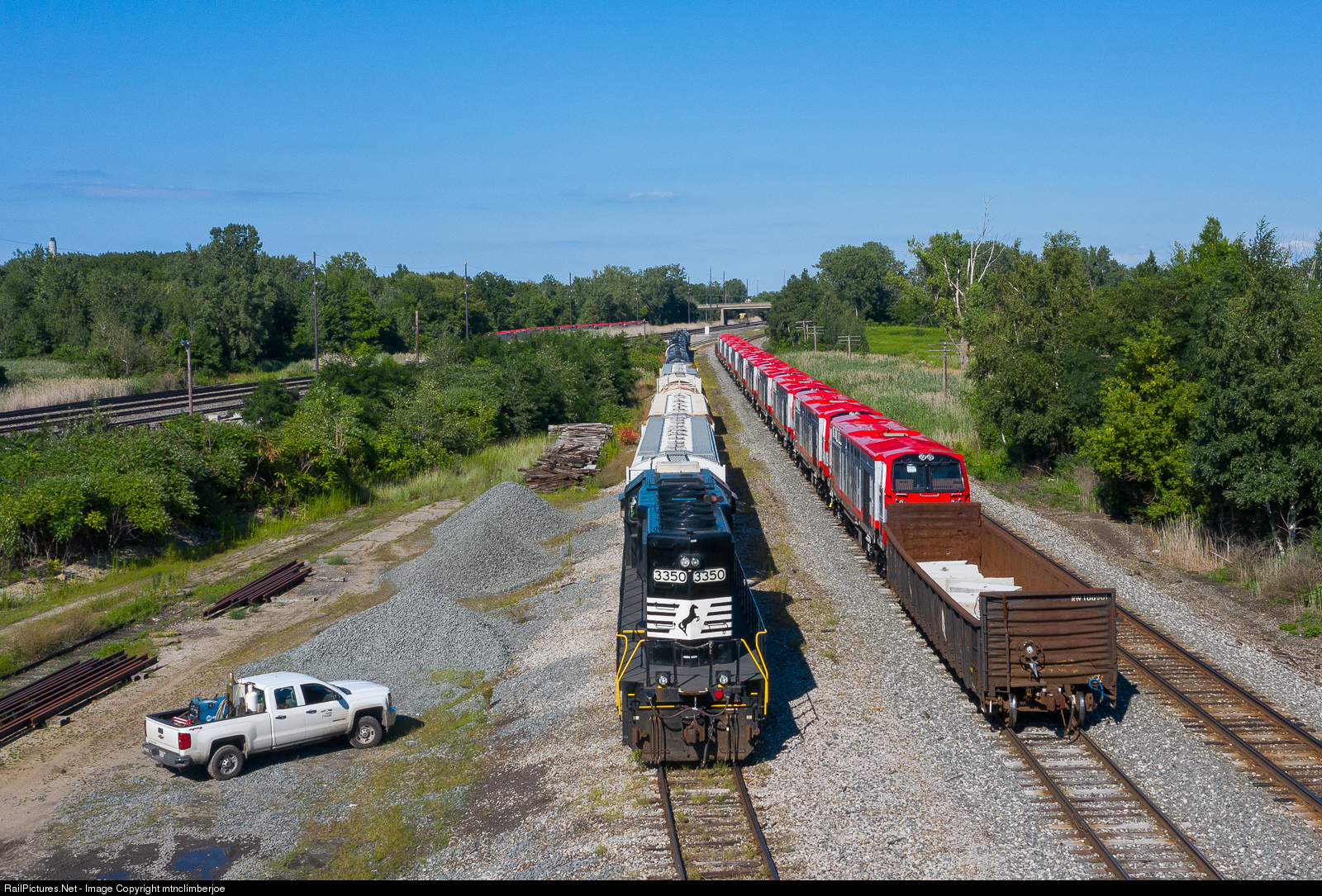
- #Mixbus export with clicktrack full
- #Mixbus export with clicktrack pro
- #Mixbus export with clicktrack free
The user simply selects which sessions to bounce and Bounce Butler bounces them all out one at a time, before texting your phone to let you know when the process is complete.
#Mixbus export with clicktrack free
Bounce Butler () is an incredible free tool designed to help artists, producers and engineers save time on the remedial task of bouncing sessions. But you can also employ an automated task assistant within your computer to handle the bouncing of stems. Many top-level producers and mixers alleviate this issue by hiring assistants to handle the delivery of stems after the completion of their role on a project. It can take days to the bounce stems for an entire album. Although this method boasts higher accuracy, it is extremely time-consuming. This is the purest way to ensure that the resulting stems sound as close to the final glued mix as possible. Solo-bouncing sees the user solo’ing each track (or group of desired tracks) one at a time and then traditionally bouncing the song using Option-Cmd-B. For scenarios such as this, we recommend the solo-bounce technique. Producers who have been diligently dialling in their rough reference mixes for weeks will lose the integral sonic glue they’ve grown accustomed to when they send stems to the mixing engineer responsible for final mixdown. Consequently, your collaborators may miss out on the creative vision.
#Mixbus export with clicktrack full
Although this is a convenient and popular way of exporting stems, these stems do not pass through the master bus’s chain of plug-ins as they are being exported, which can result in the stems sounding different to when they’re played back in the full mix that was bounced out of the session.įor example, if the song has a mix-bus chain that includes a stereo bus compressor followed by an EQ (with low- and hi-shelf boosts) and a phaser that automates a filter to open up its intro, those integral sonic imprints will not be captured when exporting stems this way. This is a fast and effective method for sharing a worktape with a co-writer, producer or performer that needs a quick copy of the loose stem files in order to fulfil their role in the creative process. This essentially prints down all of the processing on each track, consolidates the regions and exports them into a tidy folder of your choosing.
#Mixbus export with clicktrack pro
This method exports every track out of Pro Tools with all processing and automation printed, with the exception of the master bus processing. It entails selecting all tracks within your session, right-clicking and selecting the Track Bounce option. Track Bounce is a common method that we use. There are a few methods, and each has its pros and cons. If your DAW is different to your collaborator’s, you’ll have to acquire compatible audio stem files that will allow the work to continue. A common issue that complicates such sharing is that of clashing DAWs.


Whether you’re an artist, producer or mixer, the chances are that you have been involved in some sort of remote-recording scenario in which you were asked to share song files or they were shared with you.

Even prior to the crisis, the normalisation of collaborative technology within the music industry had been on the rise, as long-distance production became easier and easier to accomplish.

In fact, thanks to increasing adoption of online and remote-recording techniques, maybe even more so. In spite of the social isolation we face due to the global pandemic, musical collaboration right now is as present as it has ever been.


 0 kommentar(er)
0 kommentar(er)
